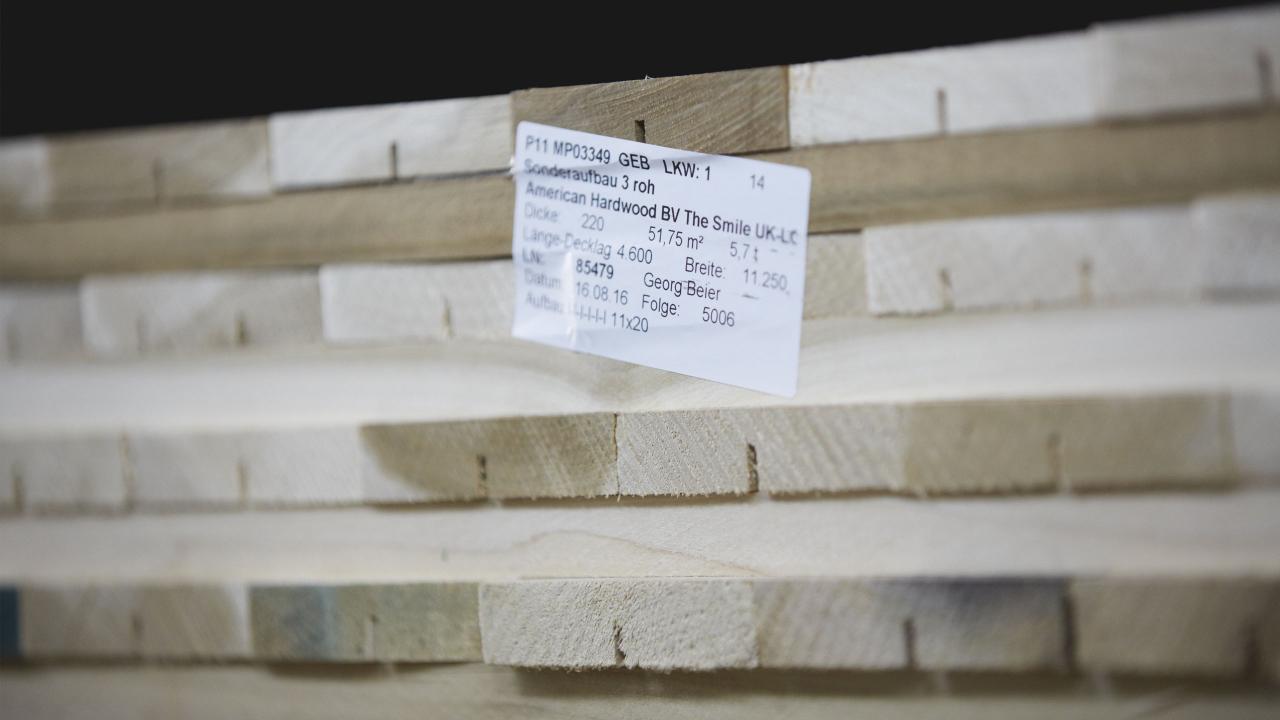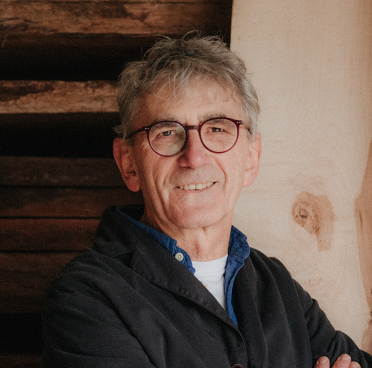
The Sweet Spot
The Smile is an urban pavilion that we created for the London Design Festival 2016, designed by award winning architect Alison Brooks and engineered by Arup, using some of the largest ever panels of tulipwood CLT (cross-laminated timber).
The Smile is not just a creative installation but something far more important. The Smile is the culmination of our efforts to show that hardwoods can have a structural use in buildings. As we reflect on its success we are more aware than ever of the wealth of opportunity for hardwood, particularly engineered hardwood, in 2017 and beyond.
CLT is rapidly becoming a widely accepted means of building around the world but has always been done exclusively in softwood. The Smile has unlocked the potential of hardwood within this structural arena. And moving into the limelight is American tulipwood; an abundant, lightweight but strong timber and the perfect pioneer species for hardwood CLT.
We have been experimenting with this unique hardwood species since the Sclera pavilion with David Adjaye in 2008 followed a few years later by the Endless Stair, a CLT project for the London Design Festival, designed by architect dRMM with Arup as engineer.
We learnt so much from the Endless Stair that we were able to take hardwood CLT forward to industrial production. Whereas the panels used in the Endless Stair had been prototyped for the occasion, in a kind of hand-crafted bespoke way, the panels for The Smile were made by German company Zueblin using their commercial softwood CLT production line.
Last month in Copenhagen at our European conference, under the theme ‘the future for American hardwood’, a series of discursive seminars with expert panels explored this idea of hardwoods in construction. The Smile’s lead engineer, Andrew Lawrence from Arup told the audience of tulipwood, “It is low density but very high in strength and yet still soft enough to take the thousands of essential self-tapping screws used to construct the Smile”.
This presents a double win for tulipwood CLT. First the timber is abundant, naturally representing a significant proportion of hardwood forests. And secondly, CLT uses the lowest grades of the timber – grades that are no longer exported for furniture production and so would otherwise have a very restricted market. Tulipwood CLT allows us to use the timber in the most environmentally friendly way, using as much as possible of what is grown and harvested.
The point about The Smile is not just that it showcases the use of hardwood CLT, demonstrating just how exciting and beautiful a building using hardwood CLT can be, it makes the elements work as hard as they possibly can.
In the words of Andrew Lawrence, “tulipwood occupies a unique sweet spot”. So when we now consider the future for American hardwoods we should factor in construction as an exciting new opportunity.
